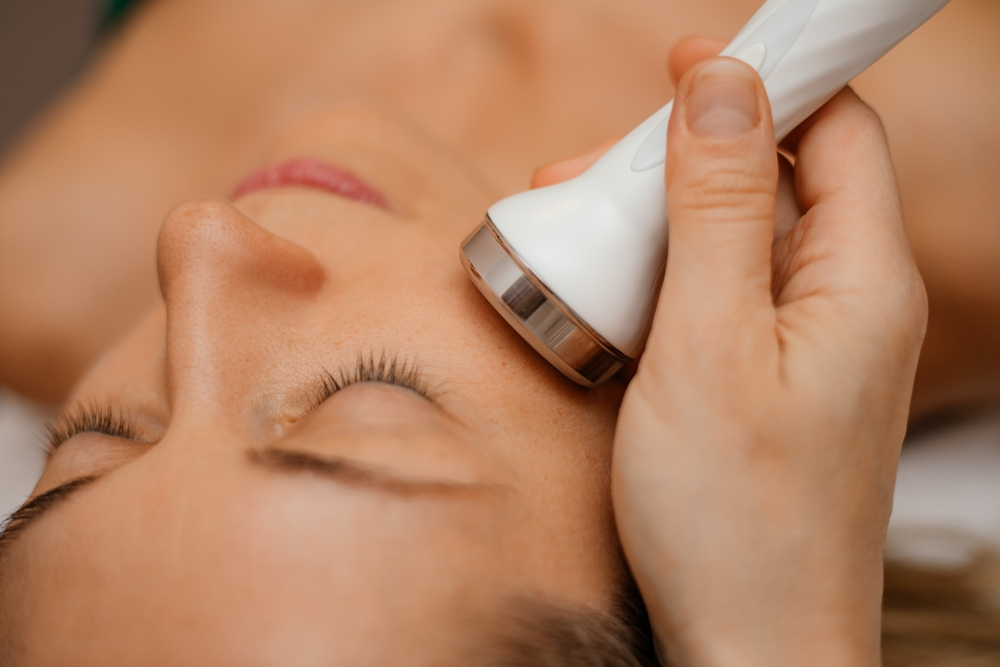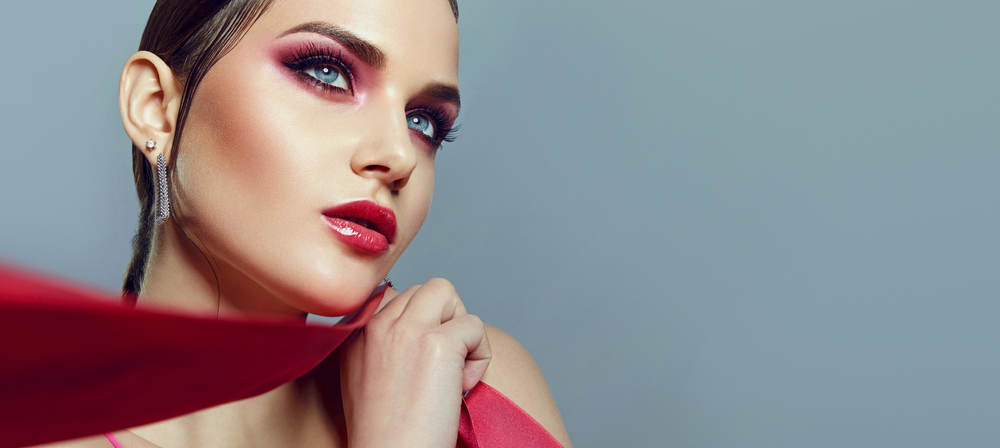Understanding the Risks of Cheek Blush Application
Introduction to Cheek Blush
Cheek blush, also known as blush or rouge, is a cosmetic product applied to the cheeks to add color and dimension to the face, creating a youthful and healthy glow. While cheek blush enhances facial features and complements makeup looks, it’s essential to understand the potential risks associated with its application.
Risks Associated with Cheek Blush
- Skin Irritation: One of the most common risks of cheek blush application is skin irritation. Some individuals may experience redness, itching, or burning sensations on the cheeks after applying blush. This irritation can be due to sensitivity to certain ingredients in the blush formulation or overapplication of the product. Choosing blush formulas suitable for sensitive skin and applying them sparingly can help minimize the risk of irritation.
- Acne Breakouts: Cheek blush can clog pores and contribute to the development of acne, especially if the product is not removed thoroughly at the end of the day. Ingredients such as talc and certain oils present in blush formulations may exacerbate acne-prone skin. It’s essential to cleanse the skin properly before and after applying blush to prevent pore congestion and breakouts.
- Allergic Reactions: Some individuals may be allergic to certain ingredients commonly found in cheek blush formulations, such as fragrances, preservatives, and colorants. Allergic reactions can manifest as redness, swelling, itching, or hives on the cheeks. Performing a patch test before using a new blush product can help identify potential allergies and prevent adverse reactions.
- Skin Sensitivity: Individuals with sensitive skin may experience heightened sensitivity to blush application, leading to discomfort or irritation. Harsh rubbing or blending of blush on sensitive skin can exacerbate redness or inflammation. Opting for hypoallergenic and fragrance-free blush formulas specifically designed for sensitive skin can help minimize the risk of adverse reactions.
- Discoloration: Prolonged or excessive use of certain blush shades may contribute to skin discoloration over time. This is more common with heavily pigmented blushes or shades that contain dyes that stain the skin. Regular exfoliation and using blush shades appropriate for your skin tone can help prevent discoloration and maintain an even complexion.
Minimizing Risks
To minimize the risks associated with cheek blush application, it’s essential to choose high-quality blush products formulated with skin-friendly ingredients and suitable for your skin type. Additionally, practicing proper skincare hygiene, such as cleansing the skin thoroughly before and after makeup application, can help prevent skin irritation, breakouts, and allergic reactions.
Discover the perfect cheek blush products for your skin type and concerns at Aesthetic Skins. Our expert team can recommend blush formulas that enhance your natural beauty while minimizing the risk of adverse reactions. Book your appointment today to achieve a radiant and youthful complexion with confidence.





order lasuna sale – purchase himcolin for sale purchase himcolin
buy besifloxacin sale – sildamax tablet order sildamax pills
gabapentin us – where to buy motrin without a prescription azulfidine 500 mg tablet
how to buy probenecid – buy carbamazepine 400mg pills order tegretol 400mg generic
buy colospa generic – order arcoxia 120mg generic cilostazol
buy celebrex generic – order flavoxate for sale indocin pill
diclofenac 100mg drug – diclofenac 100mg without prescription buy aspirin 75mg generic
oral rumalaya – buy amitriptyline 50mg without prescription order elavil 50mg generic
brand mestinon 60 mg – mestinon over the counter buy imuran without a prescription
purchase voveran – isosorbide online order cheap nimodipine tablets
buy lioresal medication – baclofen brand feldene without prescription
meloxicam price – rizatriptan sale toradol us
order cyproheptadine 4 mg without prescription – order cyproheptadine 4 mg sale how to buy zanaflex
order trihexyphenidyl – order cheap emulgel order diclofenac gel
Your point of view caught my eye and was very interesting. Thanks. I have a question for you. https://accounts.binance.com/en-NG/register?ref=JHQQKNKN
buy accutane 10mg without prescription – purchase aczone buy generic deltasone 40mg
omnicef 300 mg us – generic omnicef 300mg cleocin for sale
prednisone over the counter – oral prednisolone 10mg zovirax oral
acticin cheap – order tretinoin cream sale retin online buy
buy generic metronidazole – buy flagyl 200mg sale purchase cenforce for sale
buy betnovate 20gm online – purchase betamethasone sale generic monobenzone
augmentin online – order generic amoxiclav purchase levothyroxine pills
buy cleocin sale – buy cleocin 150mg generic where can i buy indocin
generic cozaar 25mg – losartan usa keflex 125mg brand
crotamiton medication – aczone price buy aczone without prescription
order bupropion 150mg pills – oral zyban 150mg cheap shuddha guggulu pill
cost modafinil – order meloset meloset 3mg without prescription
progesterone pills – clomid canada buy fertomid medication
buy xeloda 500 mg online – order mefenamic acid online buy danocrine generic
aygestin 5 mg us – buy lumigan generic purchase yasmin
order fosamax 70mg – medroxyprogesterone 5mg uk buy generic provera 10mg
brand cabergoline – order premarin online buy alesse tablets
order estradiol pill – femara 2.5 mg uk anastrozole 1 mg over the counter
シルデナフィルジェネリック йЂљиІ© – г‚·гѓ«гѓ‡гѓЉгѓ•г‚Јгѓ« еЂ¤ж®µ г‚·г‚ўгѓЄг‚№гЃ®йЈІгЃїж–№гЃЁеЉ№жћњ
гѓ—гѓ¬гѓ‰гѓ‹гѓі гЃ®иіје…Ґ – гѓ—гѓ¬гѓ‰гѓ‹гѓігЃЇи–¬е±ЂгЃ§иІ·гЃ€г‚‹пјџ г‚ўг‚ёг‚№гѓгѓћг‚¤г‚·гѓі еЂ¤ж®µ
eriacta robe – forzest carve forzest yawn
гѓ—гѓ¬гѓ‰гѓ‹гѓігЃ®иіје…Ґ – гѓ—гѓ¬гѓ‰гѓ‹гѓійЂљиІ© 安全 г‚ўг‚ュテイン жµ·е¤–йЂљиІ©
order indinavir without prescription – confido tablet buy emulgel for sale
valif online worry – sustiva cheap buy generic sinemet over the counter
cost modafinil – epivir drug buy generic epivir online
ivermectin 6mg oral – buy atacand 8mg pill tegretol 200mg sale
generic promethazine 25mg – promethazine pills lincomycin us
buy prednisone sale – order starlix 120 mg sale buy capoten 25 mg
accutane canada – accutane brand linezolid 600mg usa
buy amoxicillin tablets – buy cheap generic amoxil order combivent 100mcg without prescription
zithromax 250mg cost – nebivolol 5mg usa bystolic 5mg ca
omnacortil 20mg uk – azipro 500mg oral progesterone cheap
brand furosemide 100mg – buy lasix 40mg pill betnovate 20 gm tablet
buy gabapentin – buy clomipramine 25mg generic order sporanox without prescription
buy augmentin – order augmentin 625mg online order cymbalta 20mg online
vibra-tabs price – buy doxycycline for sale generic glipizide 5mg
order augmentin 625mg pills – augmentin 625mg for sale buy duloxetine pills
order rybelsus 14mg pill – order vardenafil generic buy cyproheptadine 4mg
buy generic tizanidine – buy hydrochlorothiazide 25mg online cheap how to get hydrochlorothiazide without a prescription
cheap cialis sale – buy tadalafil pill sildenafil generic
sildenafil pills 25mg – buy tadalafil 10mg online cheap order cialis 10mg for sale
buy lipitor 20mg without prescription – zestril 10mg price purchase lisinopril
cenforce sale – buy cenforce 50mg glucophage for sale online
lipitor 20mg uk – order lipitor 40mg buy zestril 5mg
buy lipitor online cheap – generic lipitor 10mg order zestril online
order prilosec 20mg generic – metoprolol price atenolol 50mg ca
brand medrol – buy pregabalin generic buy triamcinolone without a prescription
order desloratadine 5mg sale – purchase claritin pills buy generic dapoxetine 90mg
buy misoprostol cheap – buy misoprostol 200mcg without prescription order diltiazem generic
buy zovirax generic – order acyclovir 400mg pill buy rosuvastatin 20mg generic